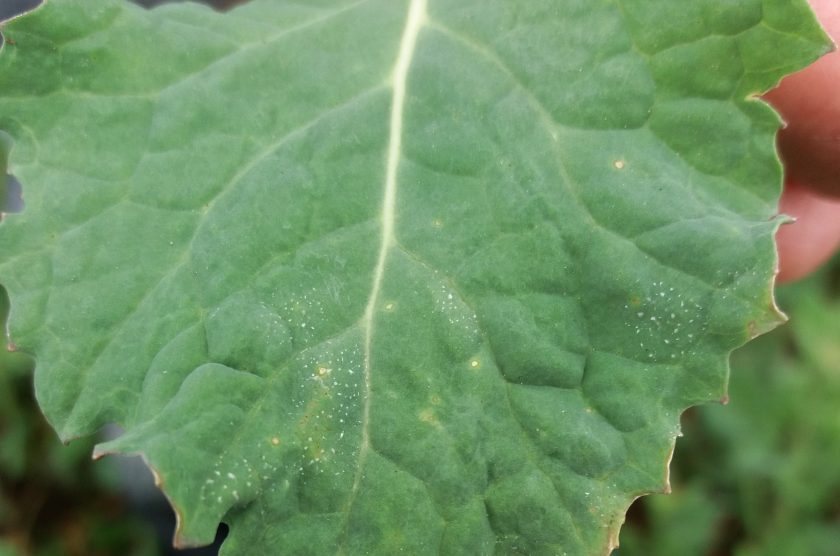
Light leaf spot has been identified in oilseed rape crops across the UK, indicating that growers should remain vigilant for disease onset this winter.
Since Bayer's SpotCheck service re-opened for submissions in October, there has been an increasing number of leaf samples testing positive for light leaf spot.
Samples of 30 leaves are sent in by growers to the SpotCheck team at ADAS, who incubate the leaves for three days at room temperature before assessing them for signs of disease.
By 9 November, 50 out of 102 samples revealed 10% incidence of light leaf spot or more, after three days of incubation. Of these, 19 samples showed 50% disease incidence or more.
Positive samples were received from Scotland and the north of England, to the East of England including Lincolnshire, Norfolk, Suffolk, Cambridgeshire and Kent, and further West from Somerset and Wiltshire.
Ella Crawford, Bayer commercial technical manager, said these early results confirmed that light leaf spot was no longer just a problem for growers in the north.
“These light leaf spot infections in early November in crops in East Anglia, the South Coast and the West is further evidence of the southerly march of this disease.
"All oilseed rape growers should be looking for signs of this disease when crop walking," she said.
For Andrew Barr, who farms in central Kent, light leaf spot has historically not been an issue, but he has now realised it is a disease he needs to be aware of.
Part of his control strategy is to grow varieties with higher resistance ratings for light leaf spot, alongside regular crop walking by his agronomist who will also incubate leaf samples to hasten disease expression.
“The challenge for us is balancing investment in the crop in the autumn with expected returns," Mr Barr said.
"Our crops are looking much better this year but we will be watching for early signs of disease before spraying."
Light leaf spot is difficult to identify in the field. The only visible signs of disease are small white dots scattered across the top or underside of the leaf.
However, they may appear sporadically across the field, so are easily missed, and a hand lens is essential, according to Ms Crawford.
To use the SpotCheck service, growers should request a sample pack from ADAS Boxworth, collect 30-35 leaves from a single field in a ‘W’ pattern, complete the assessment form and send the leaves to ADAS.
The results will be emailed within five working days.
